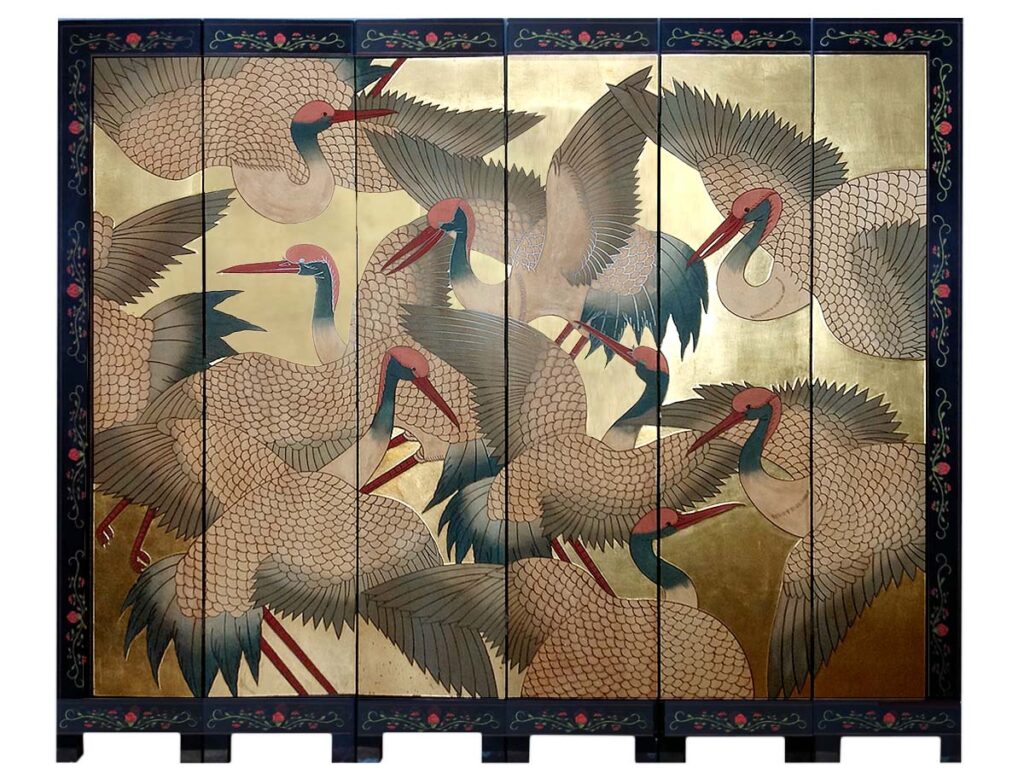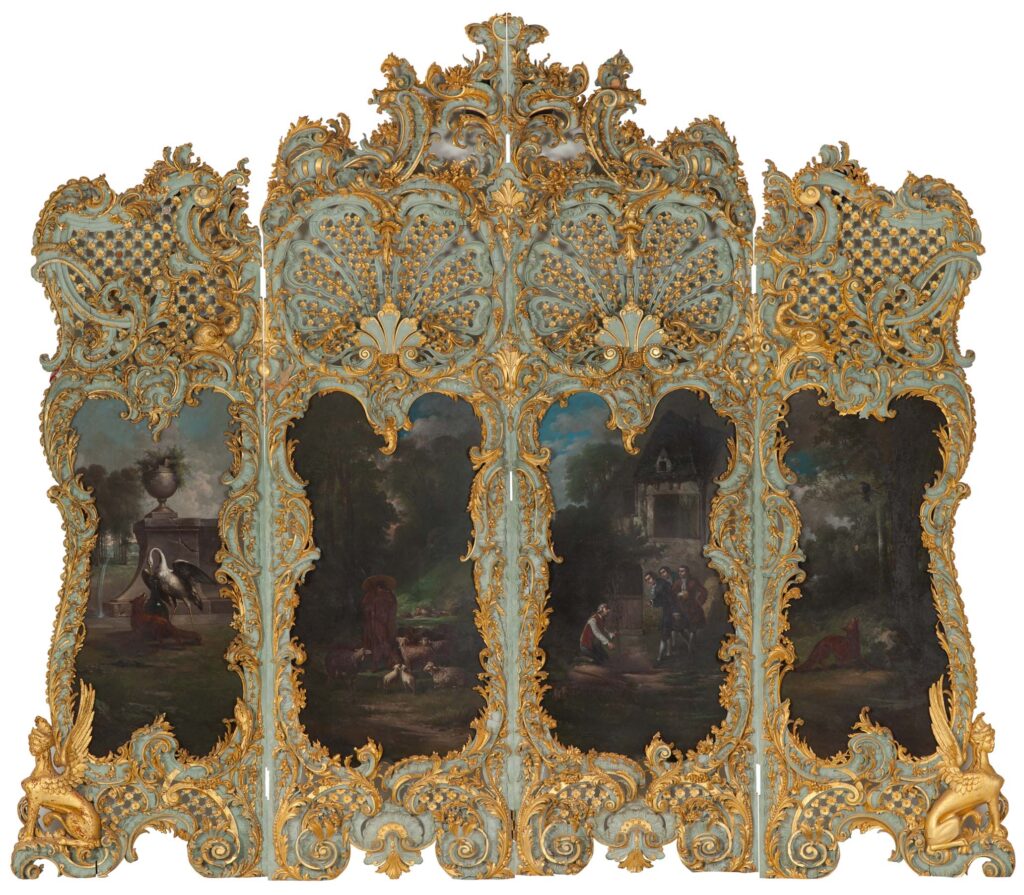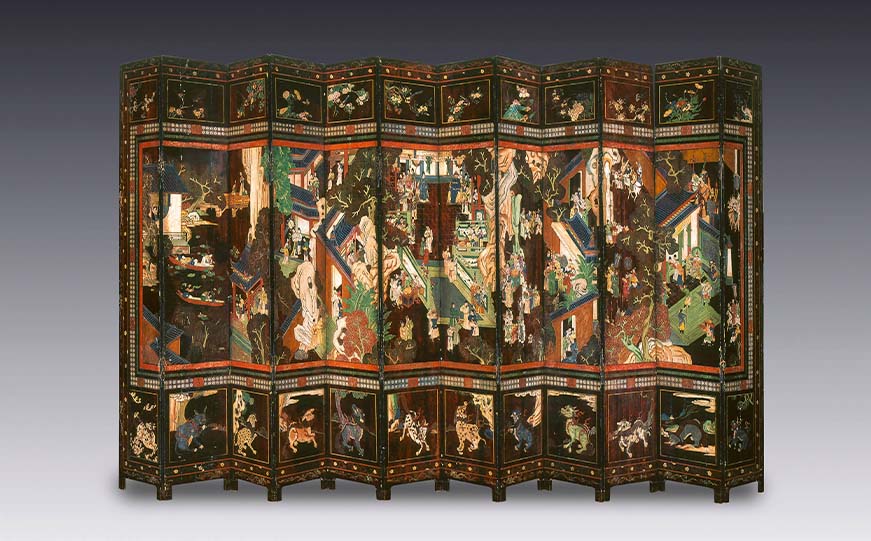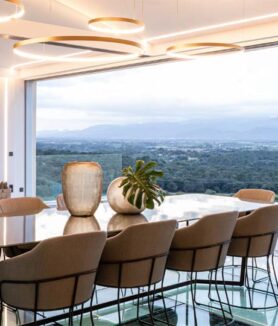The folding screen, a masterpiece of decoration, has been a fundamental piece in the history of interior design. Its origin dates back to ancient times, and over the centuries, it has maintained its charm and versatility in different cultures. In this article, we will explore the fascinating history of the screen and its evolution as a decorative element.
The Origins
The first traces of the screen are found in ancient China, approximately in the 7th century BC. In their beginnings, these folding screens
were mainly used as screens to protect the privacy of the nobles and emperors in their rooms. Made of silk and paper, these screens displayed exquisite paintings and calligraphy, representing the delicacy and refinement of Chinese culture.
The Splendor of the Folding Screen in Japan
During the 8th century AD, Japan adopted this practice from China and transformed the folding screen into a unique art form. Japanese folding screens, known as "byōbu," became a medium for depicting natural landscapes, everyday scenes, and elements of nature through the skills of brush and ink. The "byōbu" became symbols of elegance and sophistication in the homes of Japanese high society.

The Folding Screen in the West: A Luxury for Royalty and Aristocracy
As trade between Asia and Europe flourished in the 16th and 17th centuries, Chinese and Japanese screens became highly sought-after exotic treasures in the West. European nobles and monarchs incorporated them into their palaces as exclusive decorative pieces. The "chinoiserie" technique emerged, influencing European fashion and aesthetics of the time, and the screen became an expression of
prestige and refinement.

The Evolution of the Folding Screen in Modern Times
Over time, the screen adapted to the different styles and artistic trends that marked the modern era. From the Art Nouveau artistic movement to contemporary minimalism, room dividers have proven their versatility in interior decoration. Materials such as wood, glass, metal and fabric have been used to create screens with avant-garde designs, in keeping with the tastes and needs of each era.
The screen has traveled throughout the centuries, crossing borders and cultures to establish itself as a decorative work of art of great elegance and sophistication. From its humble beginnings as a privacy screen to its transformation into a symbol of status and luxury in European palaces, the room divider has evolved over time, leaving a lasting mark on interior design history. Today, it continues to be an appreciated element used in contemporary decoration, maintaining its charm and magic as an artistic treasure to beautify our most precious spaces.













